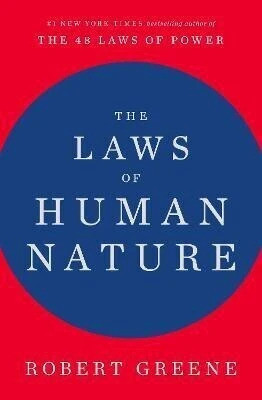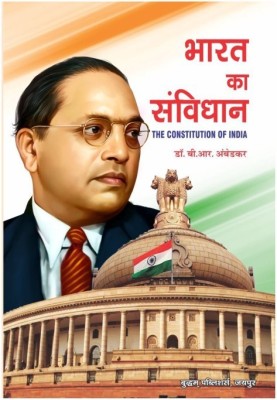
Alternative Education (English, Paperback, Source Wikipedia)
Price: Not Available
Currently Unavailable
Highlights
- Language: English
- Binding: Paperback
- Publisher: Books LLC, Wiki Series
- ISBN: 9781151024534, 1151024538
- Edition: 2012
- Pages: 198
Description
Please note that the content of this book primarily consists of articles available from Wikipedia or other free sources online. Pages: 196. Chapters: History of virtual learning environments, Charter school, Jean-Jacques Rousseau, Waldorf education, Rudolf Steiner, Constructivism (learning theory), White Stag Leadership Development Program, Gifted education, John Dewey, School voucher, Eleanor Duckworth, Amos Bronson Alcott, Homeschooling, Homeschooling in the United States, PLANS, Open University, Experiential education, Vocational education, Democratic education, Outdoor education, Anarchism and education, List of virtual schools, Johann Heinrich Pestalozzi, List of autodidacts, Service-learning, John Marsden (writer), Colegio Cesar Chavez, Networked learning, Learning by teaching, List of Friends schools, Ivan Illich, Neil Postman, Paulo Freire. Excerpt: A virtual learning environment (VLE) is a system that creates an environment designed to facilitate teachers' management of educational courses for their students, especially a system using computer hardware and software, which involves distance learning. In North America, a virtual learning environment is often referred to as a learning management system (LMS). Pressey Testing Machine (exterior) Pressey Testing Machine (interior) 1945 1948 Cyclops telewriting system, tutor's station Develops the Interactive Learning Network ILN 1.5, and installs it at several academic institutions including Cornell University, Yale Medical School and University of Pittsburgh. The ILN was the first e-learning system of its kind to leverage an install on top of a relational database MySqL. Later that year in October 2000, deploy the ArsDigita Community Education System (ACES) at MIT Sloan School. The system is called Sloanspace. The ArsDigita Community System as well as ACES in the next few years grow to OpenACS and .LRN The terminology for systems which integrate and manage computer-based learning has changed over the years. Terms which are useful in searching for earlier materials include: Charter schools are primary or secondary schools that receive public money (and like other schools, may also receive private donations) but are not subject to some of the rules, regulations, and statutes that apply to other public schools. Instead, charter schools are expected to produce certain results, set forth in each school's charter. Charter schools are attended by choice. In exchange for being exempt to these rules, charter schools receive less funding than public schools in the same area - typically, they receive only 'head' funds (a certain amount per student) and do not receive any facilities funding which typically pays for a public school's maintenance and janitorial needs. Although charter schools provide an alternative to other public schools, they are part of the public educat
Read More
Specifications
Book Details
| Imprint |
|
| Publication Year |
|
| Table of Contents |
|
Dimensions
| Width |
|
| Height |
|
| Length |
|
| Weight |
|
Be the first to ask about this product
Safe and Secure Payments.Easy returns.100% Authentic products.
Back to top






